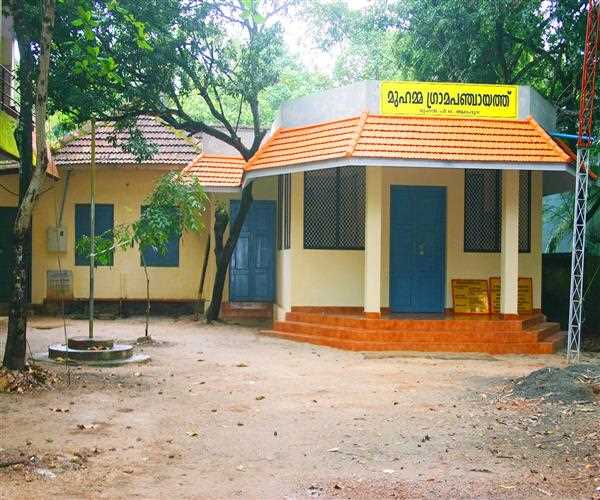A Panchayat is a village-level administrative unit in India. The panchayat is the lowest level of government in many parts of India. Panchayats typically consists of a group of elected officials and village leaders. The panchayat is responsible for village-level governance, including village development, education, health, and security. It is a three-tier system, with the village panchayat at the base, followed by the taluka panchayat or the block panchayat, and finally, the Zilla Parishad or the district panchayat at the top.
The Village panchayat is the lowest tier of the panchayat system. It is a grassroots-level body, and its members are elected by the villagers. The village panchayat is responsible for the administration of the village and for providing basic amenities to the villagers.
The Taluka panchayat is the second tier of the panchayat system. It is a body that administers a group of villages. The taluka panchayat is elected by the village panchayats. The taluka panchayat is responsible for the development of the villages under its jurisdiction.
The Zilla Parishad is the third and the highest tier of the panchayat system. It is a body that administers a district. The Zilla Parishad is elected by the taluka panchayats. The Zilla Parishad is responsible for the development of the district.
The number of villages in a panchayat varies depending on the size and population of the panchayat. In general, larger panchayats have more villages. For example, a panchayat with a population of 1,000 people may have 10 villages, while a panchayat with a population of 10,000 people may have 100 villages.

2.5 million Gram Panchayats
In India, there are roughly 250,000 Gram Panchayats.
There is no set limit on the number of villages that should be included in a Gram Panchayat. State-to-state variations exist. There are three panchayats in a single village in some districts of states like Haryana, whereas there are three to four villages in a single panchayat in other states like Chhattisgarh. Population, not the number of villages, is the primary factor in determining the creation of a gram panchayat. In accordance with the 73rd Amendment, the state legislature has the authority to adopt provisions regulating the composition of gram panchayats. Although it is ideal for a hamlet with 500 or more residents to have a gram panchayat, certain states, including Tamil Nadu, have gram panchayats in villages with less than 500 residents. Consequently, it drastically varies from state to state and on population density.
As per the 73rd amendment
'Subject to the provisions of this Part, the Legislature of a State may, by law, make regulations with respect to the composition of Panchayats: Provided, That the population of the territorial area of a Panchayat at any level and the number of seats in such Panchayat to be filled by election shall, to the extent feasible, be the same across the State.'